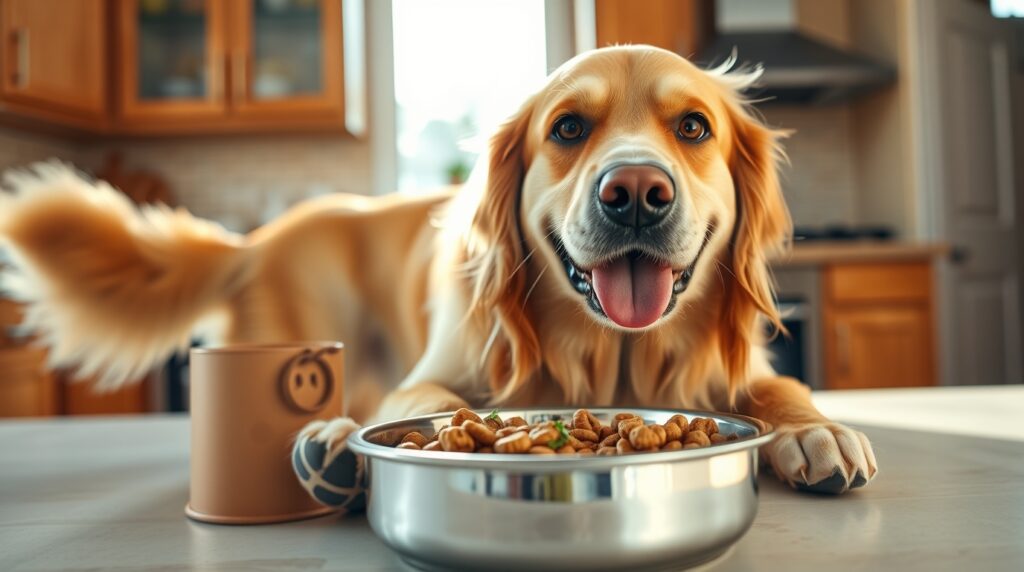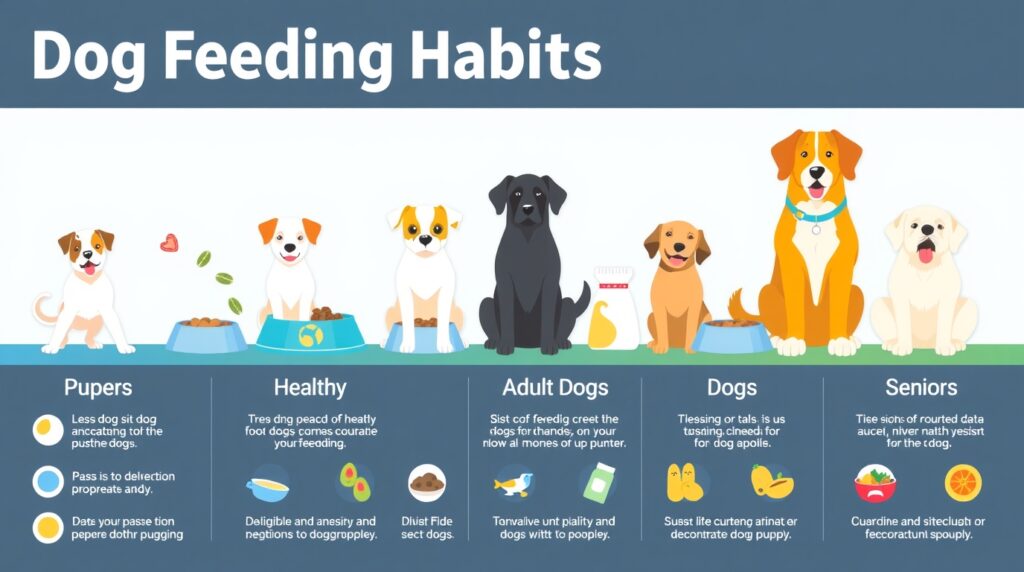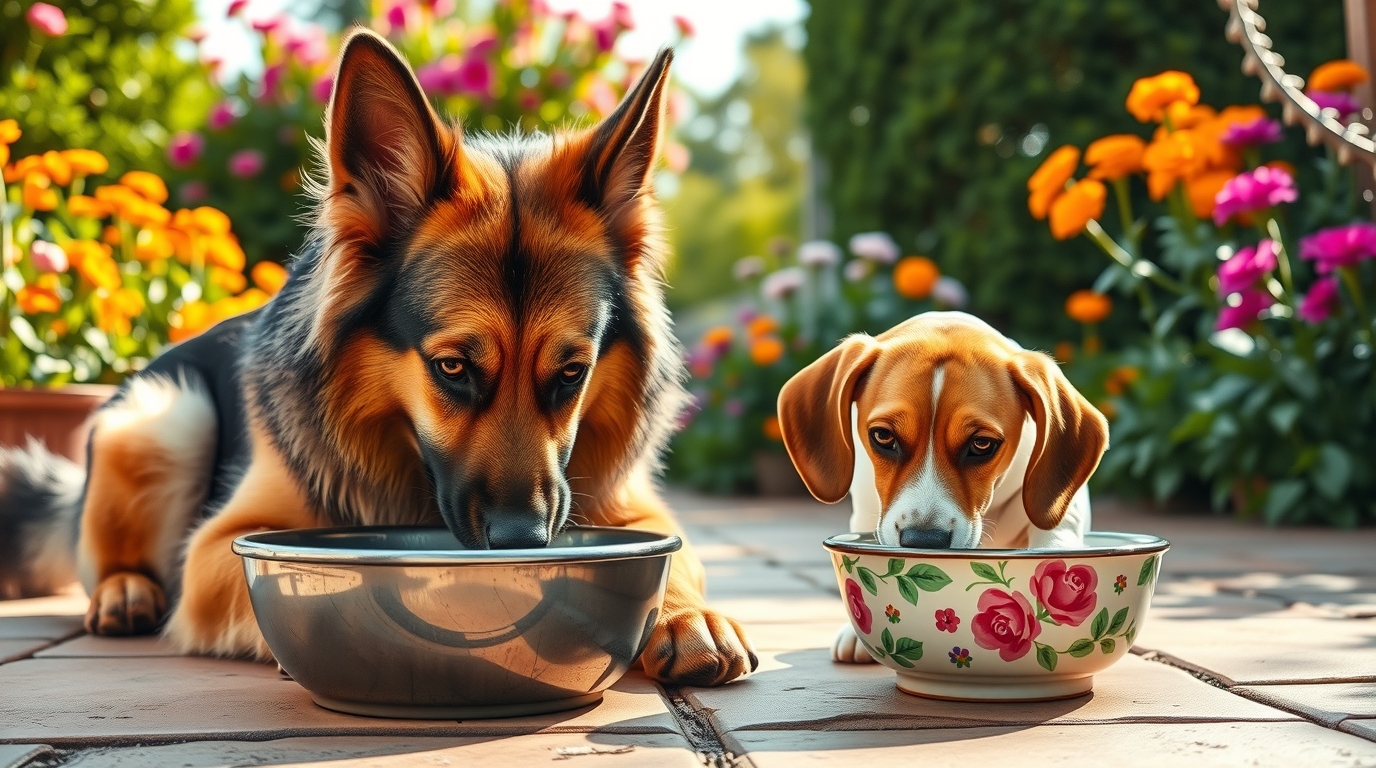Feeding your dog the right way is one of the most important responsibilities of pet ownership. Every dog parent wants their furry friend to live a long, happy, and healthy life, and it all starts with proper nutrition. But with so many dog foods, portion sizes, and feeding recommendations out there, it can be overwhelming to figure out exactly how much your dog should eat. That’s where a dog feeding habits chart comes in handy.
In this comprehensive guide, we’ll break down everything you need to know about dog feeding habits by age, weight, size, and lifestyle, including practical charts and tips to help you create a personalized feeding schedule for your pup.
Why Understanding Dog Feeding Habits is Important
Every dog is unique, and their nutritional needs vary depending on factors like age, size, activity level, and overall health. By following a dog feeding chart, you can:
- Maintain your dog’s healthy weight
- Avoid obesity and related health risks
- Ensure proper growth in puppies
- Support energy levels in active dogs
- Improve digestion and overall well-being
- Extend your dog’s lifespan with balanced nutrition
Feeding your dog without structure often leads to overfeeding, underfeeding, or nutrient deficiencies, which can cause long-term health issues. That’s why tracking your dog’s feeding habits with a chart is a game-changer.
General Dog Feeding Guidelines

Before we dive into the detailed dog feeding chart, here are some general rules:
- Feed puppies more often: They need multiple small meals daily.
- Adult dogs thrive on consistency: Typically 2 meals per day.
- Senior dogs may need adjustments: Smaller, easily digestible portions.
- Portions depend on size & activity: Active breeds burn more calories.
- Always provide fresh water: Hydration is just as important as food.
Dog Feeding Habits Chart by Age
Dogs’ nutritional requirements change drastically as they grow. Here’s a feeding chart by age:
🐾 Puppy Feeding Chart (2–12 Months)
- 2–3 months: 4 meals per day
- 3–6 months: 3 meals per day
- 6–12 months: 2–3 meals per day
Puppies need more protein and fat for growth. Choose puppy-specific dog food that supports development.
🐾 Adult Dog Feeding Chart (1–7 Years)
- 2 meals per day (morning and evening)
- Portion size depends on weight and activity
- Stick to a routine to regulate digestion
🐾 Senior Dog Feeding Chart (7+ Years)
- 1–2 smaller meals per day
- Lower calorie but nutrient-rich diet
- Add supplements for joint and heart health if recommended by a vet
Dog Feeding Habits Chart by Weight
One of the most effective ways to determine portion size is by weight. Below is a general dog feeding chart by weight (using average calorie needs):
| Dog Weight | Daily Food Amount (Dry Kibble) | Meals per Day | Notes |
|---|---|---|---|
| 5–10 lbs | ½ – 1 cup | 3–4 | Small breeds need frequent meals |
| 10–20 lbs | 1 – 1.5 cups | 2–3 | Balance with activity level |
| 20–50 lbs | 1.5 – 3 cups | 2 | Medium dogs thrive on routine |
| 50–75 lbs | 3 – 4 cups | 2 | Consider joint supplements |
| 75–100 lbs | 4 – 5 cups | 2 | Large breeds need slower digestion |
| 100+ lbs | 5 – 6 cups | 2 | May require special diet |
(Note: Amounts vary by dog food brand, calories per cup, and individual dog needs. Always check feeding guidelines on packaging and consult your vet.)
Dog Feeding Habits by Breed Size

Different breeds have different metabolisms and energy needs.
- Small Breeds (Chihuahuas, Yorkies, Dachshunds)
- Fast metabolism, need more frequent meals
- Smaller, nutrient-dense portions
- Medium Breeds (Beagles, Bulldogs, Cocker Spaniels)
- Balanced meals twice a day
- Watch out for overeating
- Large Breeds (Labradors, German Shepherds, Golden Retrievers)
- Larger meals but avoid overfeeding
- Joint-friendly diet recommended
- Giant Breeds (Great Danes, Mastiffs, Saint Bernards)
- Slow metabolism but need more food
- Feed in smaller, split portions to prevent bloat
Healthy Dog Feeding Habits to Follow
Building a dog feeding routine is just as important as portion control. Here are some healthy feeding habits:
- Stick to a consistent schedule – same time every day.
- Avoid free feeding – measure portions instead of leaving food out.
- Monitor weight regularly – adjust portions if your dog gains or loses weight.
- Limit treats – they should not exceed 10% of daily calories.
- Introduce new foods gradually – to avoid digestive upset.
- Use slow feeders for fast eaters – prevents bloating and choking.
- Observe your dog’s energy levels – lethargy may indicate poor nutrition.
Activity greatly influences your dog’s caloric needs.
- Low-Activity Dogs (senior or indoor dogs)
- Lower calorie intake
- Focus on weight management
- Moderately Active Dogs (walks + playtime)
- Standard feeding guidelines by weight
- Highly Active Dogs (working dogs, agility, running companions)
- Higher calorie and protein intake
- Add healthy fats for sustained energy
Wet vs. Dry Food: Which Fits Your Dog’s Feeding Habits?
Both wet and dry food have benefits. Many dog parents even combine the two.
- Dry Kibble: Convenient, good for dental health, long shelf life.
- Wet Food: Hydrating, tastier for picky eaters, softer for seniors.
- Combination Feeding: Balanced nutrition, prevents boredom, supports hydration.
Tip: Always calculate total calories when mixing wet and dry food.
Dog Feeding Habits Chart for Special Needs Dogs
Some dogs need customized diets due to health issues:
- Overweight Dogs: Controlled calorie, high fiber diet.
- Dogs with Allergies: Limited ingredient or hypoallergenic food.
- Diabetic Dogs: High protein, low carb meals on a strict schedule.
- Sensitive Stomachs: Easily digestible, grain-free or hydrolyzed diets.
Consult your vet before making dietary changes for special needs dogs.
Common Mistakes Dog Owners Make with Feeding
Even with a dog feeding chart, mistakes happen. Avoid these pitfalls:
- Overfeeding due to misreading portion sizes
- Feeding too many human foods (toxic foods like chocolate, grapes, onions)
- Changing food brands too quickly
- Ignoring age-specific needs
- Skipping meals or irregular feeding times
- Giving excessive treats or table scraps
Sample Dog Feeding Schedule (Daily Routine)

Here’s an example feeding routine for a medium active adult dog:
- 7 AM – Breakfast (measured dry kibble with water)
- 12 PM – Light snack or dental chew
- 6 PM – Dinner (mix of kibble + wet food)
- 9 PM – Small training treat if needed
This consistency keeps digestion smooth and helps dogs feel secure.
FAQs About Dog Feeding Habits
Q1. How many times a day should I feed my dog?
Most adult dogs do well with 2 meals per day, while puppies need 3–4 meals.
Q2. How do I know if I’m feeding my dog the right amount?
Monitor weight, energy, and stool quality. Adjust portions if your dog gains or loses weight too quickly.
Q3. Should I feed my dog before or after a walk?
Ideally, feed your dog after exercise to prevent bloating, especially in large breeds.
Q4. Can dogs eat homemade food instead of kibble?
Yes, but ensure it’s balanced with protein, carbs, fat, and vitamins. A vet nutritionist can help.
Q5. How much water should my dog drink daily?
Dogs need about 1 ounce of water per pound of body weight daily.
Final Thoughts
A dog feeding habits chart is one of the best tools to ensure your furry friend gets the right nutrition at every stage of life. By considering age, weight, breed size, and activity level, you can tailor a feeding plan that supports your dog’s health and happiness.
Remember: every dog is unique. Use this chart as a guideline, but consult your veterinarian for a personalized plan, especially if your dog has special health conditions.
With the right feeding habits, you’re not just filling a bowl—you’re giving your dog the foundation for a longer, healthier, and more joyful life.
Also Read:


